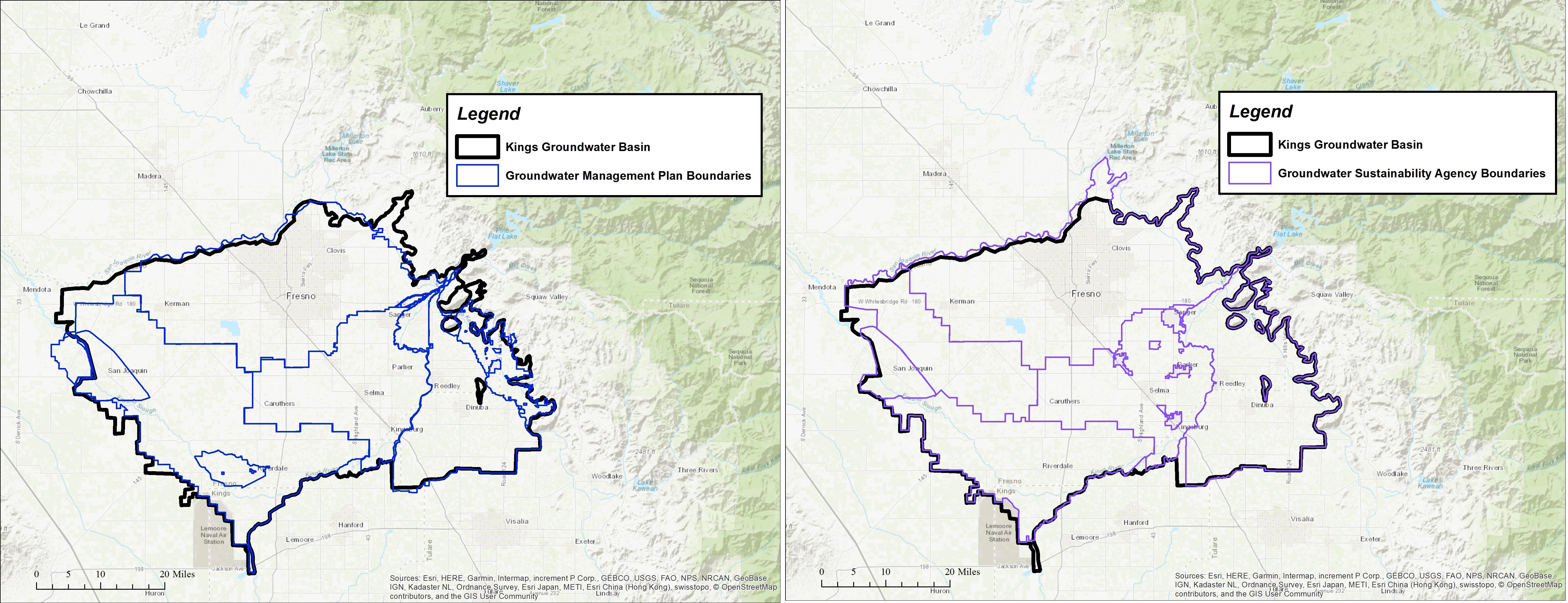This post is co-authored with Maureen Lackner
Just as reverse auctions have helped increase new renewable energy capacity, our new policy brief for the Review of Environmental Economics and Policy argues they could also be an effective approach for scaling energy storage.
Why we need energy storage
Voters have spoken, and states are moving toward cleaner electricity. Legislatures in Hawaii and California passed mandates for 100 percent clean energy in the electricity sector, and governors in Colorado, Illinois, Nevada, New Jersey, New York, Maine, and Michigan have all made similar 100 percent clean energy promises in recent months. These ambitious targets will require large-scale integration of wind and solar energy, which can be unpredictable and intermittently available. Cost-effective energy storage solutions can play a leading role to provide clean, reliable electricity—even when the sun isn’t shining and wind isn’t blowing.
Energy storage systems—ranging from lithium-ion (Li-ion) batteries to hydroelectric dams—can provide a wide array of valuable grid services. Their ability to bank excess energy for use at a later date makes them particularly well-suited to address the intermittency challenge of wind and solar. In some cases, energy storage systems are also already cost-competitive with natural gas plants.
However, in order to reach ambitious clean energy targets, we’ll likely need to close a large energy storage gap. One recent estimate suggests approximately 10,000 Gigawatt hours (GWh) of energy storage may be needed to support a two-thirds renewables domestic electricity mix. In our policy brief, we estimate the United States currently has no more than 10 percent of this utility-scale energy storage capacity available; the actual quantity is likely much lower. Developing vast levels of energy storage will likely be an important factor toward integrating a greater share of renewables into the energy mix. Smart policy design can help drive energy storage prices even further below current historic lows, while ensuring these technologies are procured cost-effectively.
A path forward: using reverse auctions to scale energy storage
Reverse auctions have already helped scale renewables and, when designed well, may also be an effective tool when applied to energy storage. In a reverse auction, multiple sellers submit bids to a single buyer for the right to provide a good or service. In the case of renewables, developers bid to provide a portion of capacity desired by the buyer, typically a utility. This policy tool is gaining in popularity, because, if designed well, it can drive down bid prices and ensure reliable procurement. Globally, the share of renewables capacity procured through reverse auctions is expected to grow from 20 percent in 2016 to more than 50 percent in 2022. It seems likely that auction-induced competition has triggered a fall in renewable prices that some are calling the “Auctions Revolution.”
While examples in Colorado and Hawaii suggest reverse auctions can be effective in procuring energy storage, there’s little guidance on tailoring them for that purpose. We offer five recommendations:
1: Encourage a Large Number of Auction Participants
The more developers bidding into an auction, the fiercer the competition. How policymakers approach this depends on their end goal. In a 2016 Chilean auction, bidding was open to solar and coal developers, and policymakers were pleased when solar developers offered cheaper bids on a dollar per megawatt-hour basis than coal developers. Another approach: signaling consistent demand through auction schedules. Participation in South African renewable auctions increased after auction organizers took steps to give advance notice and instructions for future regular auctions.
2: Limit the Amount of Auctioned Capacity
If competition still seems tepid, auctioneers can always scale down the amount of capacity auctioned. As witnessed in a South African renewable auction, bidders respond to a supply squeeze by decreasing their bid prices.
3: Leverage Policy Frameworks and Market Structures
Auctions don’t exist in a vacuum. Renewable auctions benefit tremendously from existing market structures and companion policies. Where applicable, auction design should consider the multiple grid services energy storage systems can offer. Even if an auction is only focused on energy arbitrage, it should not preclude storage developers from participating in multiple markets (e.g. frequency regulation), as this may help bidders reduce their bid prices.
4: Earmark a Portion of Auctioned Capacity for Less-mature Technologies
A major criticism of early auctions is that they unintentionally favored the same large players and mature technologies. Policymakers shouldn’t forget that energy storage includes several technological options; they can design auctions to address this by separating procurement for more advanced technologies (Li-ion, for example) from newer technologies (zinc air batteries).
5: Penalize delivery failures without damaging competition
Developers should be incentivized to bid their cheapest possible price, but poor auction design can trigger a race to the bottom with ever more unrealistic bid prices. This is especially true if developers don’t believe they will be punished for delivery failures or poor quality projects. Already, some contract terms for energy storage by auctions include penalties if the developer cannot deliver its promised grid service.
Decarbonizing our energy supply isn’t an easy task. Reverse auctions stand out as a possible tool to quickly and cost-effectively increase our energy storage capacity, which will help integrate intermittent renewables. If this market-based mechanism can be tailored to suit energy storage systems’ capabilities (e.g. offering multiple grid services), it could help shift us to a future where we have access to clean energy at any time of day and year.











